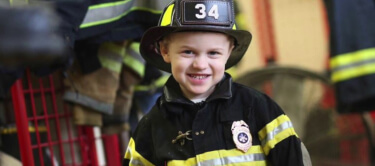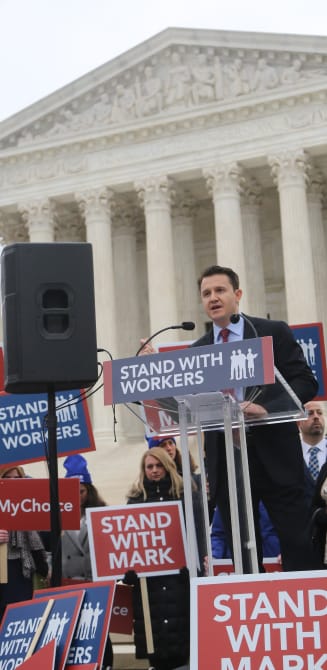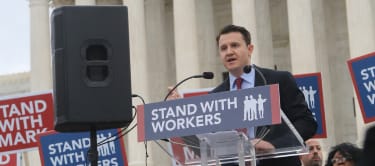July 23, 2019
By Jennifer Tiedemann
Over this past weekend,
the heat wave that affected much of the country hit New York City especially
hard. As the heat index climbed over 100 degrees throughout the five boroughs,
many subway lines were knocked
out of commission, leaving passengers seeking other forms of
transportation. But a lot of them may have thought twice before opening up a
ride-hail app, thanks to a new citywide minimum wage law that makes Uber, Lyft,
and similar services more expensive for riders.
Last week, Bloomberg
News reported that the use of ride-hailing apps has been declining in the
Big Apple, following the enactment of a new minimum wage law for ride-hail
drivers—the first of its kind in the country. Enacted this past February, the
law gives ride-hail drivers a minimum hourly wage of $17.22 after expenses.
Now, a few months after
the advent of the ride-hail driver minimum wage, we can start to see the impact
on ride-hail usage in New York City. And it’s not a pretty picture. According
to data from the city’s Taxi and Limousine Commission (TLC), the number of NYC
Uber trips dropped by 8 percent between March and May 2019. Over the same time
period, Lyft rides also dropped by 17,000 from their March 2019 peak.
When we
wrote about the ride-hail minimum wage law at the time of its passage, we
noted that even the TLC—which strongly supported it—acknowledged that the law
could be a bad deal for customers. TLC Chair Meera Joshi said when the
regulation passed, “I believe all New Yorkers are willing to pay a little more
and wait a little longer so the people transporting them are able to provide
for themselves and their families.” Well, New Yorkers have been voting with
their Uber and Lyft rides over the past few months, and it’s now clear that
maybe they aren’t reacting in quite the way Joshi was hoping.
And it’s important to
remember that the impact of such minimum wage laws can harm not just customers
who don’t want to pay the higher fares that offset such increases. When
ride-hail drivers see their number of fares fall, they’re seeing lost income. A
minimum wage that takes fares away from ride-hail drivers is not the godsend
its supporters say it will be. The same goes for other industries: In 2018, restaurant
jobs in New York City declined for the first time in over a decade after
the city enacted a $15-per-hour minimum wage for every employer with 11 or more
workers.
Stories of artificially
high minimum wages leading to job losses are common, but that didn’t stop the
U.S. House from passing a bill last week that would raise the federal minimum
wage to $15 per hour. The Goldwater Institute opposed this move, signing
on to a letter to members of Congress explaining how such a law would cause
more harm than good. Indeed, the Congressional Budget Office has estimated that
a $15-per-hour federal minimum wage could
result in the loss of 1.3 million jobs. While supporters of the $15 minimum
wage say it will raise wages for many Americans, this ignores the many who will
no longer be employed because of it.
Many ride-hail drivers in New York may have seen their earnings per hour go up because of the city’s minimum wage hike, but with ride-hail trips on the decline, it’s easy to see that a long-term promise of higher pay may not be all it’s cracked up to be. Instead, the wage hike may continue to drive away the customers they need to make a living.
Jennifer Tiedemann is Deputy Director of Communications at the
Goldwater Institute.









